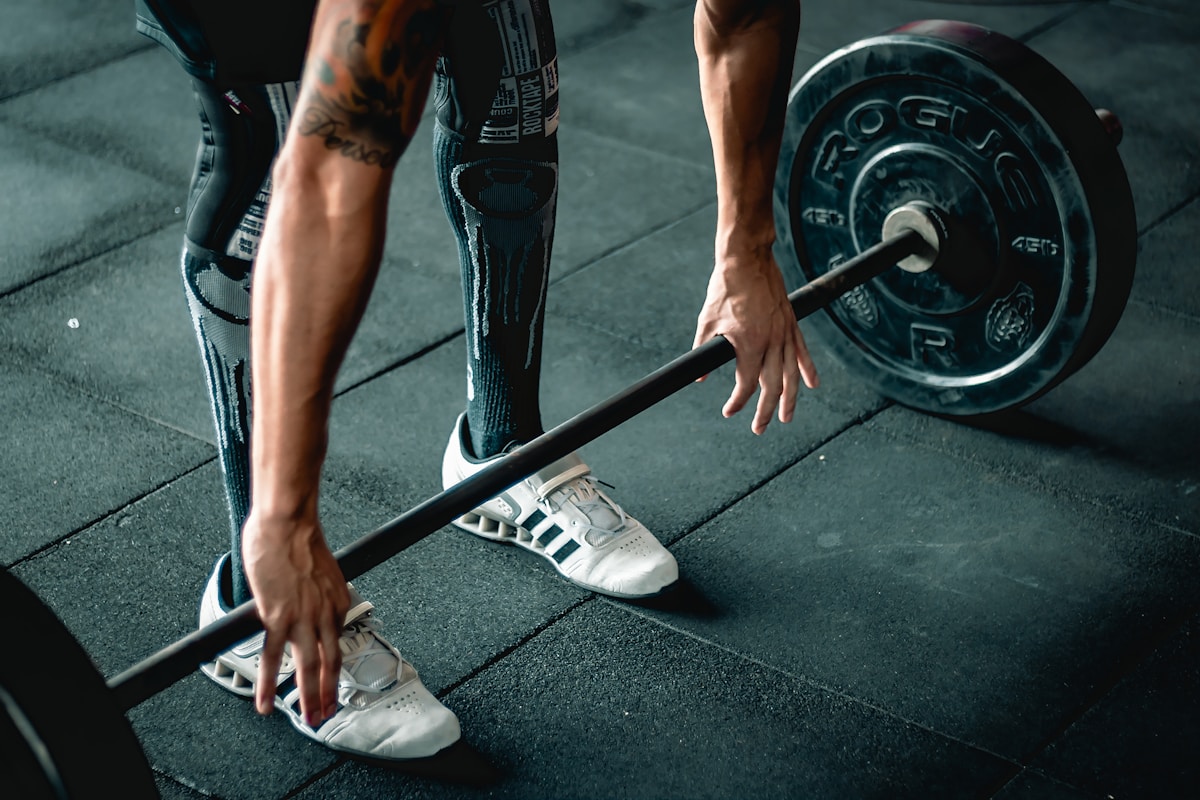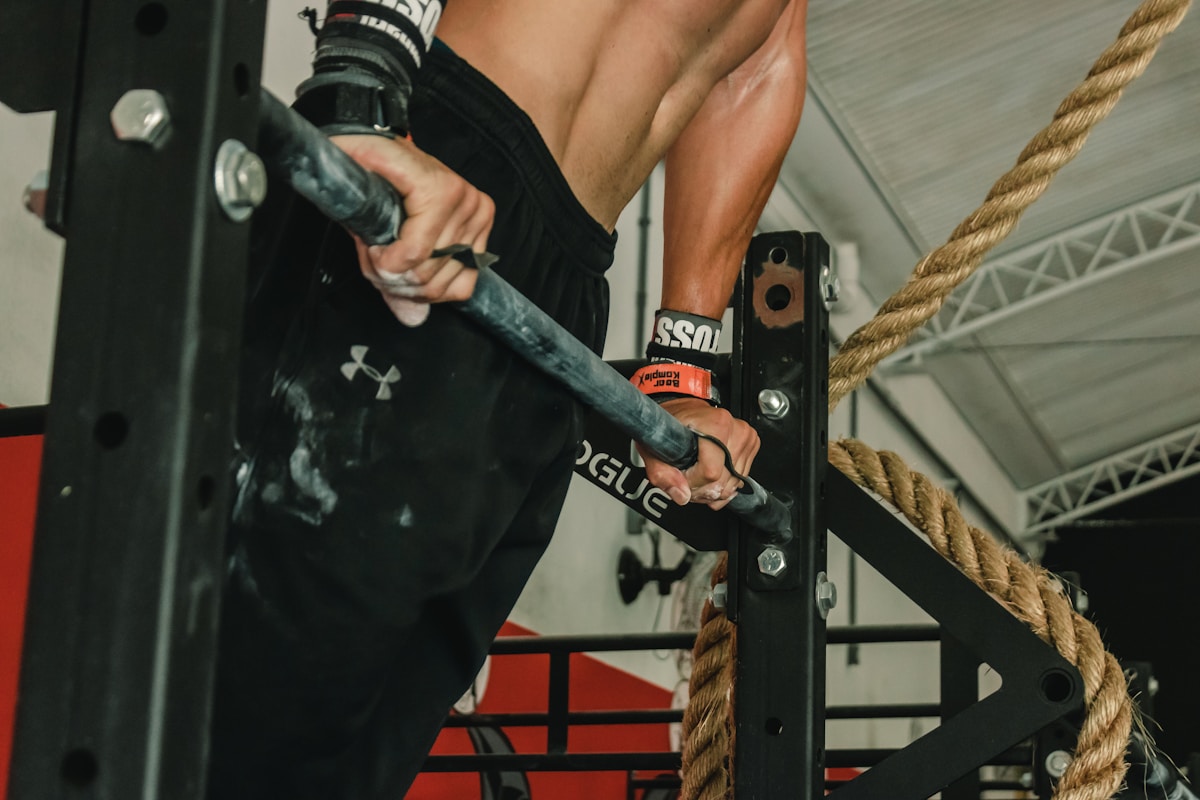HIIT Workouts for Fat Loss: Torch Calories and Boost Metabolism
The Science Behind HIIT: Understanding How High-Intensity Interval Training Boosts Fat Loss
High-Intensity Interval Training (HIIT) has gained popularity as an effective method for fat loss and overall fitness. Understanding the science behind HIIT can provide insights into why it is such a powerful tool for achieving weight loss goals.
During HIIT workouts, short bursts of intense exercise are alternated with brief recovery periods. This approach challenges the body and activates various physiological responses that contribute to fat loss. One key factor is the increased calorie expenditure during and after the workout. The intense exercise periods elevate heart rate and metabolic rate, leading to a higher calorie burn compared to traditional steady-state cardio exercises.
Moreover, HIIT stimulates the production of human growth hormone (HGH) and promotes the release of adrenaline and noradrenaline. These hormonal responses help mobilize stored fat for energy and enhance the body’s ability to break down fat cells.
HIIT also triggers an afterburn effect, known as excess post-exercise oxygen consumption (EPOC). Following a HIIT session, the body continues to burn calories at an elevated rate for hours, even up to 24 hours after the workout. This prolonged calorie burn further contributes to fat loss.
Additionally, HIIT has been shown to improve insulin sensitivity, which is crucial for regulating blood sugar levels and preventing fat storage. It also enhances cardiovascular fitness, which enables individuals to sustain higher exercise intensities and burn more calories over time.
Understanding the science behind HIIT helps individuals make informed decisions when designing their fitness routines. Incorporating HIIT workouts into a balanced training program can effectively boost fat loss, improve overall fitness, and provide long-term health benefits.
HIIT vs. Traditional Cardio: Comparing the Effectiveness of High-Intensity Interval Training for Fat Loss
When it comes to fat loss, High-Intensity Interval Training (HIIT) has gained recognition as a highly effective approach. Let’s compare the effectiveness of HIIT with traditional steady-state cardio exercises for fat loss.
HIIT involves short bursts of intense exercise alternated with periods of active recovery. This approach challenges the body and promotes fat burning through various mechanisms. Research suggests that HIIT can lead to significant reductions in body fat, including abdominal fat, in a shorter amount of time compared to traditional cardio exercises.
One of the reasons HIIT is more effective is due to its impact on metabolism. HIIT workouts stimulate the body’s metabolism to a greater extent than steady-state cardio, resulting in a higher calorie burn during and after the workout. The intense bursts of exercise elevate heart rate, increase oxygen consumption, and create an “afterburn” effect, where the body continues to burn calories at an elevated rate even after the workout.
Furthermore, HIIT has been shown to have a greater impact on improving insulin sensitivity. This is important for fat loss as it helps regulate blood sugar levels and promotes the utilization of stored fat for energy.
In contrast, traditional steady-state cardio exercises, such as jogging or cycling at a moderate intensity, primarily focus on burning calories during the exercise session. While they can contribute to overall calorie expenditure, they may not provide the same metabolic and fat-burning benefits as HIIT.
Overall, HIIT has been shown to be a more time-efficient and effective method for fat loss compared to traditional cardio exercises. By incorporating HIIT into your fitness routine, you can maximize your fat-burning potential and achieve your weight loss goals more efficiently.
Designing Effective HIIT Workouts: Key Principles for Maximizing Calorie Burn and Metabolic Boost
Designing effective HIIT workouts requires careful consideration of key principles to maximize calorie burn and metabolic boost. Here are some essential principles to keep in mind:
- Interval Duration and Intensity: HIIT workouts typically involve short, intense bursts of exercise followed by brief recovery periods. The interval duration and intensity should be tailored to your fitness level and goals. Aim for intervals of 20-60 seconds of high-intensity exercise followed by 10-30 seconds of active recovery.
- Exercise Selection: Choose exercises that engage multiple muscle groups and elevate your heart rate. This can include exercises like burpees, jump squats, mountain climbers, or kettlebell swings. Variety is key to prevent boredom and target different muscle groups.
- Work-to-Rest Ratio: The ratio between work and rest periods is crucial in HIIT workouts. It’s important to find the right balance that challenges your body while allowing for adequate recovery. A common work-to-rest ratio is 2:1, where you work twice as long as you rest.
- Progressive Overload: As your fitness improves, gradually increase the intensity or duration of your intervals to continue challenging your body. This progressive overload stimulates adaptation and promotes ongoing fat loss.
- Safety and Recovery: HIIT workouts can be demanding, so prioritize proper form and listen to your body. Incorporate rest days and recovery strategies to prevent overtraining and reduce the risk of injury.
Remember, the goal of HIIT is to maximize calorie burn and create an afterburn effect. By following these principles and customizing your workouts to your fitness level, you can design effective HIIT sessions that torch calories, boost your metabolism, and support your fat loss goals.
Targeting Fat Loss: HIIT Exercises and Techniques to Accelerate Weight Loss and Sculpt Your Body
When it comes to targeting fat loss, HIIT exercises and techniques can be highly effective in accelerating weight loss and sculpting your body. Here are some key exercises and techniques to incorporate into your HIIT workouts:
- High-Intensity Cardio: Exercises like sprinting, cycling, or jumping rope at maximum effort for short bursts can elevate your heart rate and burn a significant amount of calories. These exercises also engage large muscle groups, helping to boost your metabolism and promote fat loss.
- Compound Exercises: Compound exercises, which involve multiple muscle groups, are ideal for HIIT workouts. Moves like squats, lunges, push-ups, and burpees challenge your entire body, allowing you to burn more calories and target multiple muscle groups simultaneously.
- Plyometrics: Plyometric exercises, such as box jumps, squat jumps, or plyo push-ups, incorporate explosive movements that improve power and increase calorie expenditure. These exercises also engage fast-twitch muscle fibers, which can help enhance fat burning and improve overall athletic performance.
- Tabata Training: Tabata intervals consist of 20 seconds of all-out effort followed by 10 seconds of rest, repeated for a total of 4 minutes. This training method is highly effective for fat loss due to its intense nature and ability to keep your heart rate elevated throughout the workout.
- High-Intensity Circuit Training: Designing circuits that combine different exercises with minimal rest periods can maximize calorie burn and target different muscle groups. This approach keeps your body guessing and continuously challenges your cardiovascular system.
Incorporating these HIIT exercises and techniques into your workouts can help accelerate weight loss, boost metabolism, and sculpt your body by targeting stubborn fat. Remember to customize your workouts to your fitness level and consult with a fitness professional if needed to ensure proper form and technique.
HIIT and Metabolism: How High-Intensity Interval Training Enhances Fat Burning and Improves Metabolic Health
High-Intensity Interval Training (HIIT) is not only effective for burning calories during your workout but also for enhancing fat burning and improving metabolic health in the long term. Here’s how HIIT impacts your metabolism:
- Increased Calorie Burn: HIIT workouts involve short bursts of intense exercise followed by periods of rest or lower-intensity exercise. This alternating pattern stimulates your metabolism and causes your body to continue burning calories even after the workout is over. This phenomenon, known as excess post-exercise oxygen consumption (EPOC), allows your body to continue consuming energy and burning fat for hours after the workout.
- Muscle Preservation: During traditional cardio exercises, your body can break down muscle tissue along with fat for energy. However, HIIT workouts prioritize fat burning while preserving muscle mass. This is crucial because lean muscle mass plays a vital role in maintaining a higher metabolic rate, even at rest. By preserving and even increasing muscle mass, HIIT helps boost your metabolism and facilitates fat loss.
- Improved Insulin Sensitivity: HIIT has been shown to improve insulin sensitivity, which is important for maintaining stable blood sugar levels and preventing the onset of conditions like type 2 diabetes. Enhanced insulin sensitivity means that your body can effectively use carbohydrates as fuel and prevent them from being stored as fat.
- Increased Fat Oxidation: HIIT has been found to promote fat oxidation, which means your body becomes more efficient at utilizing stored fat as an energy source. This leads to greater fat loss and improved body composition over time.
By incorporating HIIT into your fitness routine, you can experience the benefits of enhanced fat burning, improved metabolic health, and increased calorie expenditure even after your workout is finished. The intensity and variety of HIIT exercises keep your body challenged and continuously adapting, leading to significant improvements in your overall fitness and body composition.
Conclusion
Incorporating HIIT workouts into your fitness routine can be a game-changer for fat loss and overall metabolic health. The combination of intense bursts of exercise, calorie burn, and increased fat oxidation make HIIT an effective strategy to torch calories and boost your metabolism. By targeting fat loss, preserving muscle mass, and improving insulin sensitivity, HIIT promotes long-term metabolic benefits. So, if you’re looking to maximize fat loss, enhance your fitness level, and enjoy the efficiency of shorter workouts, give HIIT a try and unlock the potential of your metabolism.



